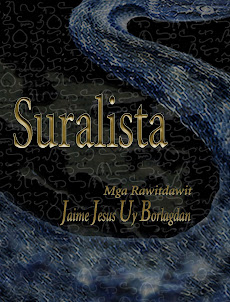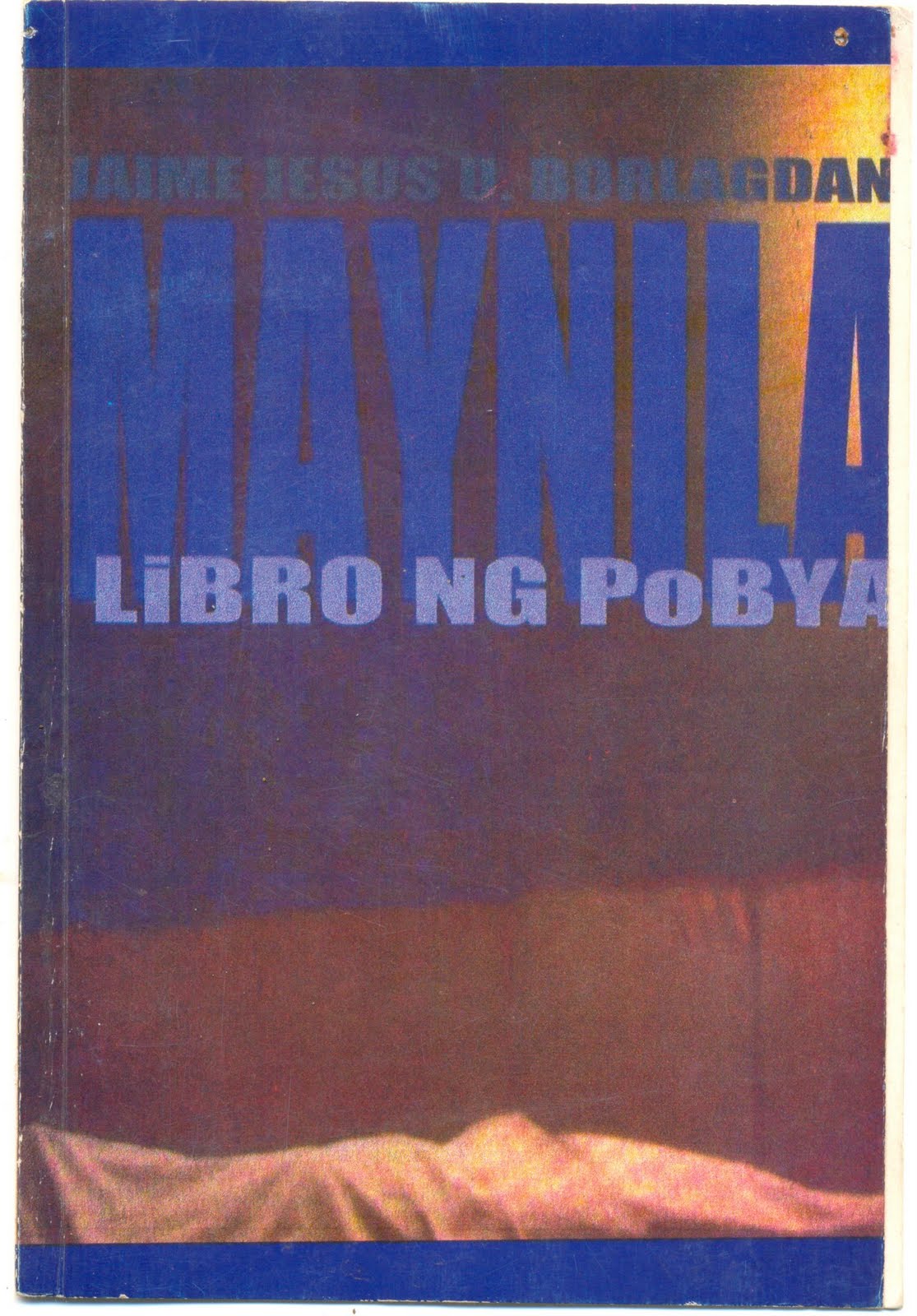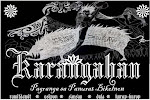“HURRY UP PLEASE IT’S TIME”
II. A Game of Chess. The Wasteland. T.S. Eliot
Punan ta nang mabuhay.
Dai nang oras.
Ano an muya mong gibuhon?
Halion an mga ulang:
oras, katanosan, sukol.
Ano na ngani palan
an dapat tang gibuhon
sa kinaban?
Maglaog sa mga pinto
nganing hali sa mga kwarto
magtanaw sa mga bintana?
Pirming nasa ibang lugar
an muyang maabtan.
Punan mo nang mabuhay.
Nugad an pagtubod
na matutuparan ta pa
an satong paggurang
an minaatas
kan satong kaakian.
An bilog tang buhay
talibong sa paghingowa
na makasampot—
sa sarong aga—
an kahamanan kan gabos
tang pag-ipos. Dai nang oras;
daing kasagkodan na talimon
an buhay.
Gurano kalawig an sarong ulok?
Pano ta maaaraman
kun ogmahon kita
para magbilang? Sa kamunduan sana
kita nakakasukol,
minatugot na oripunon kan kinaban
para sa tandan na máogma na kita
kinaagahan.
An mga nagpaplano baga
su siertong yaon pa pagka-aga
an arog satuya
dapat priming mangandam.
Punan ta nang mabuhay.
Nuarin mo bubuhian an sadiri,
nuarin ka dai na mapugol?
An mga nag-uulang saimo
ika man sana an kagibo.
Igwang agihan sa likod
kan mga ospisina buda harong,
sa puro kan patanid buda agrutong.
An higod na dalan; an nabalanganan!
Duman ka rumayo,
harayo sa kadaklan.
An lumang kawatan.
An natad na sabot kan mga parot.
An nakuang harong
kan mga daing masirungan,
kan mga bua buda ayam.
Nuarin ka madigdi
buda rumdumon an kantidad
kan sarong mahalnas na batiris
buda ngabil ki burak.
Nuarin mo itutukal an gabos
sa sarong korona ki bayawas
sa panos kan saimong pinadaba
o sa lindong kan mga saradit
na kadlagan na an sagkodan
daing nakakaaram?
Dai nang oras.
Hulyo 21, 2010. MTC.
PATANID
Posted by
Jai Jesus Uy Borlagdan
Thursday, December 30, 2010








0 comments:
Post a Comment